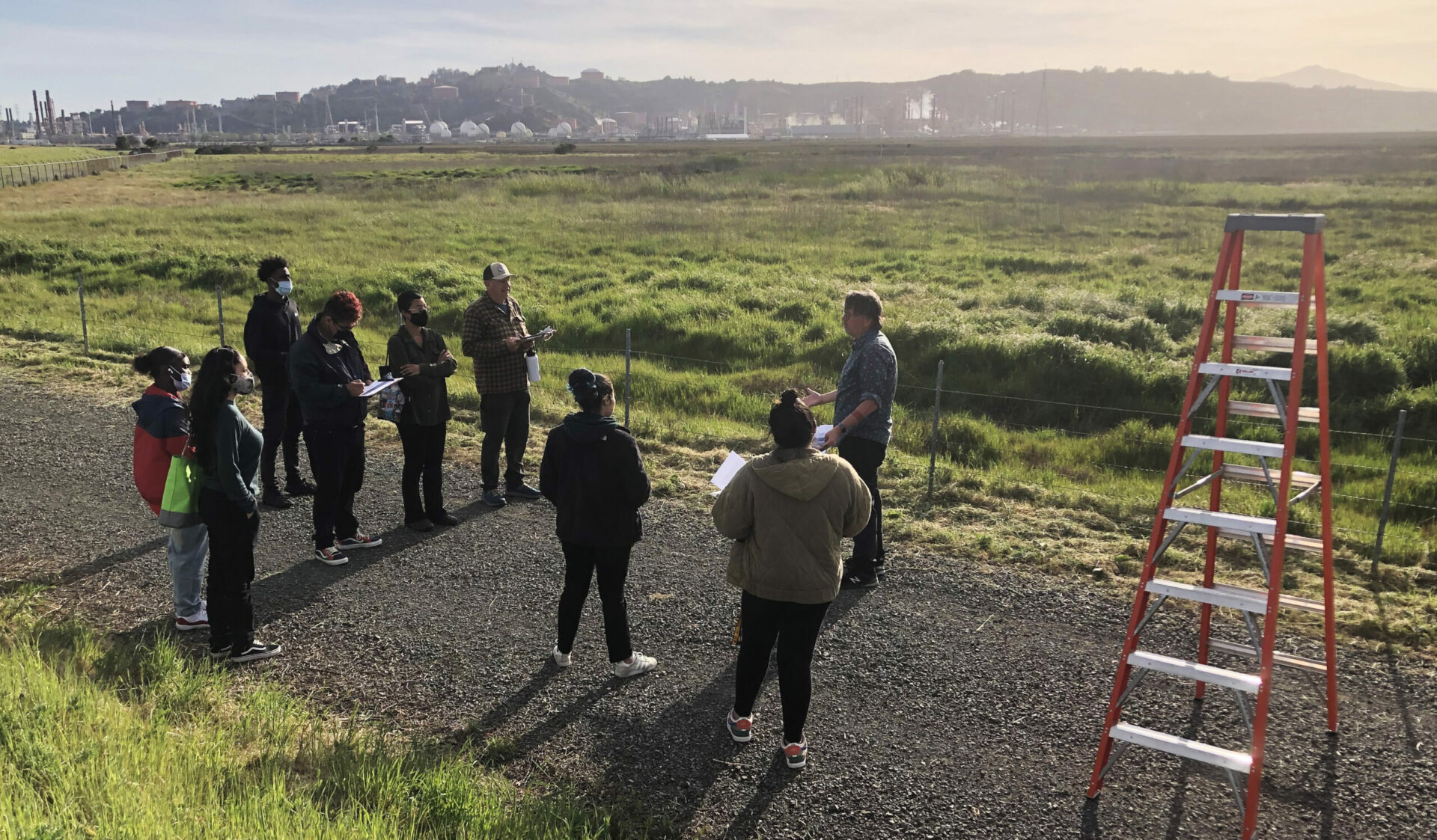One of the reasons that I’m attracted to the idea of permissionless, decentralized networks, is because they will allow people new ways to organize, coordinate, and incentivize groups to take action.
To be clear, I don’t think you need a decentralized network to find creative ways for people to collaborate. But, digital asset networks or onchain tools will allow people to work together and create new kinds of value at a different scale — at internet scale.
With that context in mind, I wanted to mention a story I recently wrote for a publication (Knee Deep Times) documenting climate change and adaptations in the San Francisco Bay Area.

The piece is about North Richmond, a community with a history of facing a disproportional number of impacts related to industrial activities.
The main focus is the design process of a living levee or a horizontal levee along the North Richmond Shoreline. The technical aspects of the levee project are interesting from an environmental engineering perspective.
But maybe more interesting, to me at least, is how local community members are incentivized to become part of the design process and help create a vision of what the shoreline could be.
One of the key components of the project is to increase access to the San Francisco Bay and nearby marshes by building trail systems and safe ways for people to cross a busy highway to get to the new trail network.
I first started covering this project back in 2017, when it was just an idea. It’s been interesting to watch it evolve — and to have the opportunity to cover the latest phase of the project, which is the community design elements.
One thing that makes me hopeful about the future is that humans are good at finding solutions to problems. Sure, humans might have created the problems in the first place, but watching people use technology and ideas creatively is always inspiring.
Community design and new ways of coordinating
We are in a time of transition between the old ways of doing things and the new ways of doing things.
